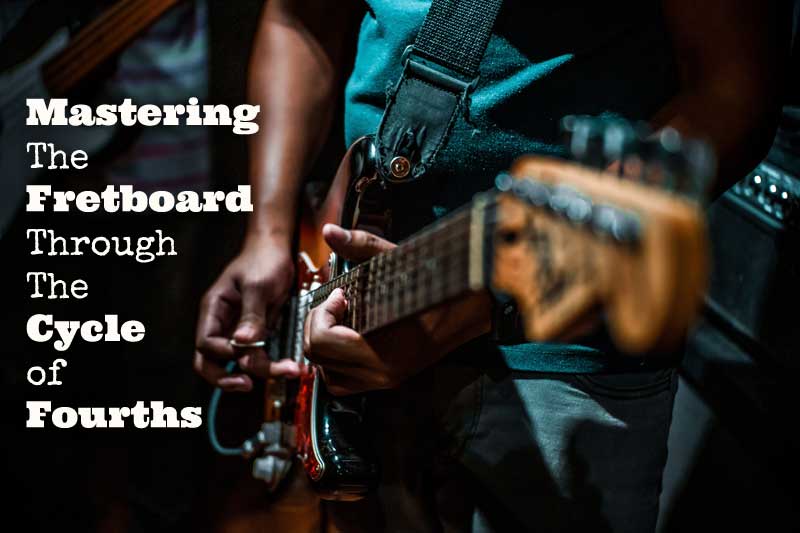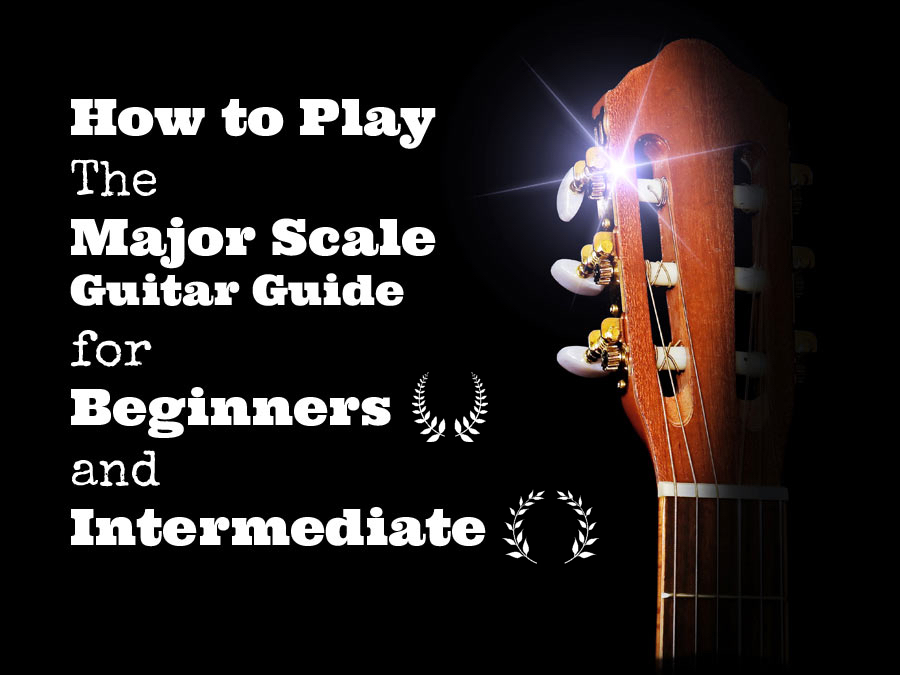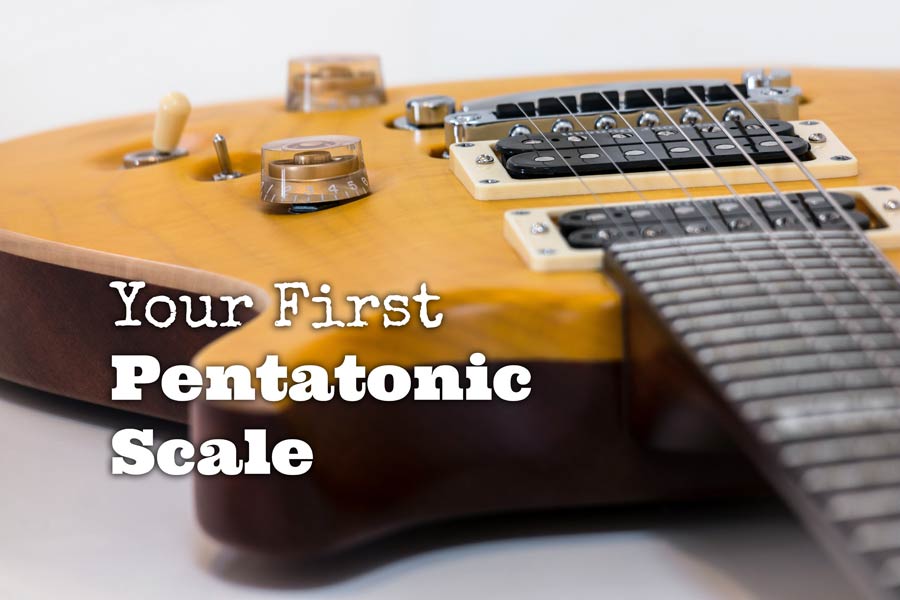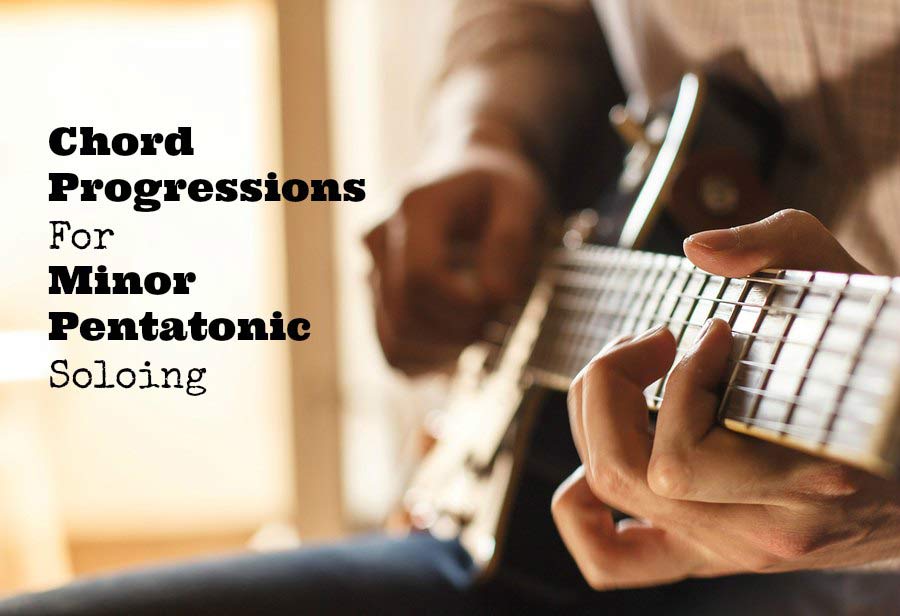
In becoming an adept guitar player it is important to master the fretboard, learn all the notes on the guitar, and be able to move freely around the neck and play all your scales, riffs, licks, chops and solos in every key.
You can cultivate this by using and practicing your musical ideas through the cycle of fourths. For in depth explanation of the cycle of fourths check out How to Benefit from The Circle of Fifths and Fourths. In this post we are going into the practical side of things.
Let’s say you play a cool lick in the key of A (See example below). Now the next thing you do is move the lick up a fourth (up 5 frets) and play it in the key of D (A to D is a fourth), then play it in the key of G (D to G is a fourth), next in the key of C (G to C is a fourth), then the key of F (C to F is a fourth), next key of Bb (F to Bb is a fourth), key of Eb (Bb to Eb is a fourth), key of Ab (Eb to Ab is a fourth), key of Db (Ab to Db is a fourth), key of Gb (Db to Gb is a fourth), key of B (Gb to B is a fourth), key of E (B to E is a fourth), and back to the key of A (E to A is a fourth).
Below an example of how to move the lick through the cycle of fourths from A to D to G. You try to figure out the other keys. If you want to learn this lick in a videolesson check out Cool Acoustic Electric Blues Guitar Lick



Now you’ve passed through every key via the cycle of fourths. Practice this with your chords, triads, licks, arpeggios, scales, etc and you’ll discover it’s purpose and benefits. You will feel it’s different, akward and challenging to play the same lick, scale or exercise in other keys. You have to relearn that lick or scale a bit in various positions, because you have moved it up or down the neck.
Continue Reading

 This tutorial has been conceived for beginner guitar players who want to go beyond strumming chords and start playing scales all along the fretboard.
This tutorial has been conceived for beginner guitar players who want to go beyond strumming chords and start playing scales all along the fretboard. The minor pentatonic scale is the most used scale for soloing and it is used in a wide variety of music styles like pop, rock, country, metal, blues and more. It’s a great scale because it’s fairly easy to play which makes it a perfect beginner scale for soloing, but it also has the functionality to develop, expand, and improve your skills to high levels of advanced playing.
The minor pentatonic scale is the most used scale for soloing and it is used in a wide variety of music styles like pop, rock, country, metal, blues and more. It’s a great scale because it’s fairly easy to play which makes it a perfect beginner scale for soloing, but it also has the functionality to develop, expand, and improve your skills to high levels of advanced playing.